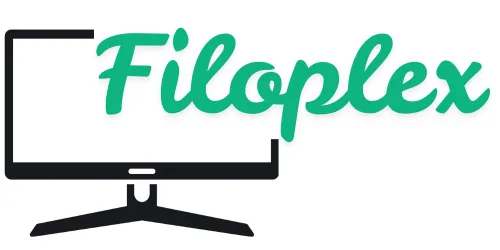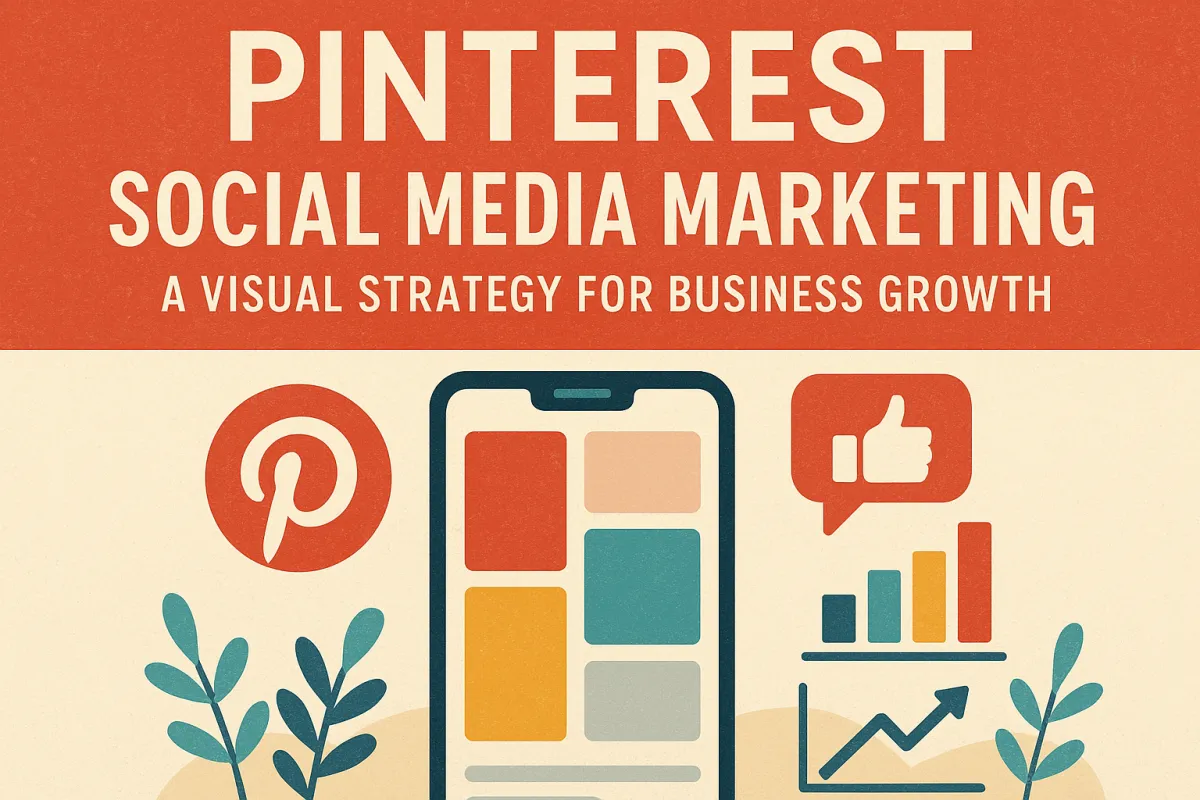

Pinterest Social Media Marketing: A Visual Strategy for Business Growth
Pinterest Social Media Marketing: A Visual Strategy for Business Growth
When we think of social media marketing, platforms like Facebook, Instagram, and TikTok usually come to mind first. But if you're not using Pinterest in your marketing strategy, you're leaving a powerful visual search engine untapped. Pinterest isn’t just a place for finding home decor ideas or recipe inspiration—it's a goldmine for driving traffic, boosting brand visibility, and increasing sales, especially for businesses with visually appealing content.

Why Pinterest Matters in 2025
Pinterest has over 465 million monthly active users globally, with a user base that actively searches for inspiration and ideas. Unlike other platforms where content is fleeting, Pinterest pins have a long lifespan. A single pin can drive traffic to your website for months or even years after it's posted.
Whether you’re a content creator, blogger, e-commerce business, or service provider, Pinterest offers a unique way to reach users when they're in discovery and planning mode.
Key Benefits of Pinterest Marketing
1. High-Intent Audience
People come to Pinterest with a purpose. They’re not just scrolling aimlessly—they’re searching for solutions, planning purchases, and curating future goals. This makes Pinterest one of the few platforms where users want to see and save branded content.
2. Traffic Generation Powerhouse
Pinterest drives more referral traffic than Twitter, LinkedIn, and Reddit combined. When optimized correctly, your pins can lead users straight to your blog, product page, or landing page—without relying heavily on paid ads.
3. SEO-Friendly Platform
Pinterest functions like a visual search engine. By strategically using keywords in your pin titles, descriptions, and boards, your content can show up in both Pinterest search results and even Google image search.
How to Create a Pinterest Marketing Strategy
1. Set Up a Business Account
Start by creating or converting your Pinterest account to a Pinterest Business Account. This gives you access to analytics, rich pins, ad tools, and the ability to claim your website.
2. Optimize Your Profile
Use a clear profile picture, write a keyword-rich bio, and include a link to your website. Organize your boards in a way that reflects your niche and is easy for your audience to navigate.
3. Create High-Quality Pins
Visuals matter more on Pinterest than almost any other platform. Design vertical pins (1000 x 1500px is ideal) using tools like Canva. Use bright, high-resolution images, readable fonts, and compelling headlines.
4. Use Keywords Wisely
Do keyword research within Pinterest by typing relevant terms into the search bar and noting the suggested phrases. Use these keywords in your:
Pin titles
Pin descriptions
Board names and descriptions
Alt text (for accessibility and SEO)
5. Post Consistently
Consistency wins on Pinterest. Schedule your pins using tools like Tailwind or Pinterest’s native scheduler. Aim to post at least 3–5 pins per day, mixing your own content with curated pins from others in your niche.
6. Utilize Rich Pins
Rich Pins pull metadata from your website and automatically update it on your pins. There are different types: product pins, article pins, and recipe pins. They enhance your content and make it more clickable.
✅ Advantages of Using Pinterest for Marketing
1. High Purchase Intent
Pinterest users are planners. They often use the platform to make purchase decisions or plan future projects (weddings, holidays, home makeovers, etc.).
According to Pinterest, 83% of users have made a purchase based on content they saw from brands on Pinterest.
2. Long Content Lifespan
Unlike other platforms where posts fade in hours or days, Pinterest pins can drive traffic for months or even years.
A single well-optimized pin can become a long-term traffic source for your blog or product page.
3. Massive Traffic Potential
Pinterest is one of the top social media platforms for referral traffic.
With proper SEO and visuals, pins can drive massive amounts of visitors to your website, shop, or landing page.
4. SEO Benefits
Pinterest acts as a visual search engine.
Pins and boards rank not only within Pinterest but often in Google search results as well.
Using the right keywords boosts visibility both on-platform and off-platform.
5. Cost-Effective Marketing
You can gain organic reach without needing to spend on ads, unlike platforms where pay-to-play is the norm.
Even Pinterest Ads (if used) tend to be more affordable and highly targeted compared to Facebook or Instagram.
6. Evergreen & Seasonal Content Friendly
Pinterest is ideal for seasonal promotions and evergreen content (how-to guides, tutorials, gift guides, etc.).
Users often save content weeks or months in advance (e.g., planning Christmas purchases in October).
7. Visual Storytelling
It's the perfect platform for businesses in fashion, food, DIY, travel, wellness, beauty, and e-commerce.
Visuals play a key role in brand identity, and Pinterest helps you showcase your products/services creatively.
8. High Engagement with Brands
Users are open to branded content—especially if it helps solve a problem or inspire a goal.
Pinterest is less saturated with ads and clutter, which gives brands more room to stand out organically.
9. Analytics & Insights
Pinterest Business accounts provide access to valuable insights on:
Pin performance
Audience demographics
Engagement trends
This helps you optimize your strategy over time.
10. Cross-Promotion Opportunities
Pins can link directly to blog posts, product listings, YouTube videos, or even email opt-in pages.
It integrates easily with Shopify, Etsy, WordPress, and other platforms.
Pinterest Marketing Tips to Boost Growth
Create idea pins (Pinterest’s version of Stories) to increase engagement.
Pin seasonal content 30–45 days in advance.
Join group boards or collaborate with other pinners to expand your reach.
Review your analytics monthly to see which pins are performing and replicate their success.
Final Thoughts
Pinterest is more than just a digital mood board—it's a powerful marketing tool that can deliver long-term results with a well-planned strategy. By tapping into its visual search capabilities, you can connect with a high-intent audience, drive qualified traffic, and grow your brand organically.
So if you're not pinning yet, now’s the time to start. Your future customers are searching for you on Pinterest—they just haven’t found your pins yet.